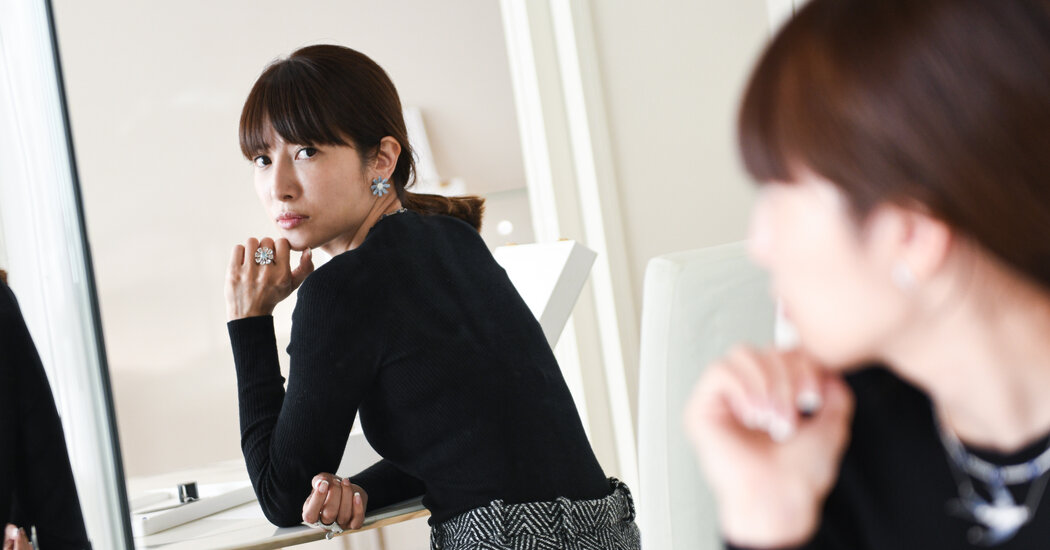
In 2021, her donations paid for materials to create 50 beehives and monitor their construction, giving miners in the rural community of Weasua, Liberia, an alternate means of earning an income; and in 2022, the money funded the construction of a public toilet in that village. That year, she also joined the organization’s founder and chief executive, Chie Murakami, on a trip to the West African country. “We share the idea that we are trying to make a legitimate trade and making a good cycle in business,” she said. “It was a very meaningful and special trip.”
Traceability also is an important issue for Ms. Harutaka. “It’s very challenging to find the exact origin of gems,” she said, adding that she has just learned about a system developed by the Israeli diamond technology provider Sarine and hopes she will be able to use origin-identified diamonds in the future.
Her focus now, however, is the first Mio Harutaka store, opened late last month in Azabudai Hills, a mixed-use development in Tokyo. The approximately 700-square-foot shop was designed by the architectural firm Shinsoken, founded by the well-known Japanese architect Hiroshi Sugimoto.
“I think,” she said, “we have succeeded in creating a space where their clean, tranquil style beautifully converges with my colorful jewelry.”
To mark the event, Ms. Harutaka prepared a new collection that included Nanook, a brooch depicting a polar bear holding a flower, made in 18-karat white and yellow gold, yellow sapphires and black diamonds, and Pianoforte, a two-finger ring that uses diamonds and black onyx to replicate a piano keyboard. “The idea for the new piano piece came to me when I was listening to my daughter practice piano every day,” she said.
“My collection has become largely a reflection of my personal experiences and memories, thoughts that pop up in my mind,” she said. “I have tried to capture the beautiful moments of a flower’s life, and of animals about to move, in my jewelry designs.”






